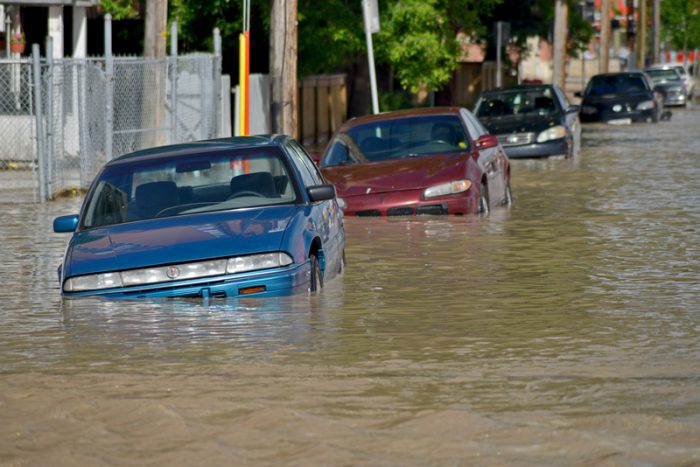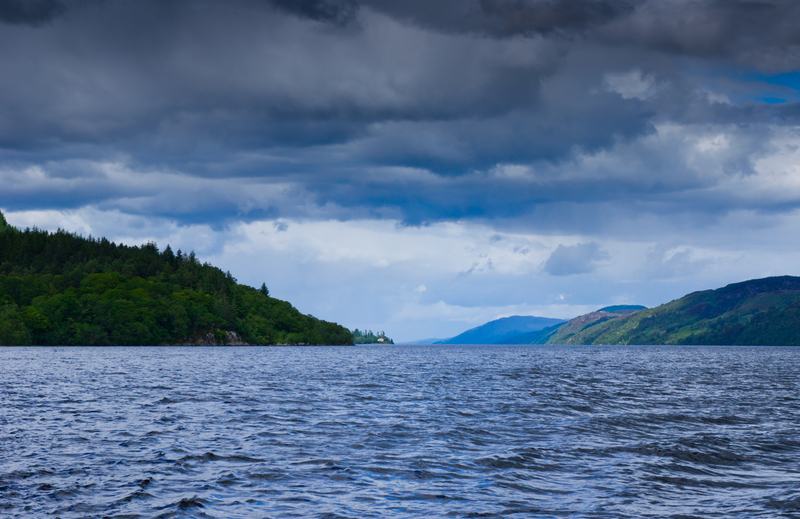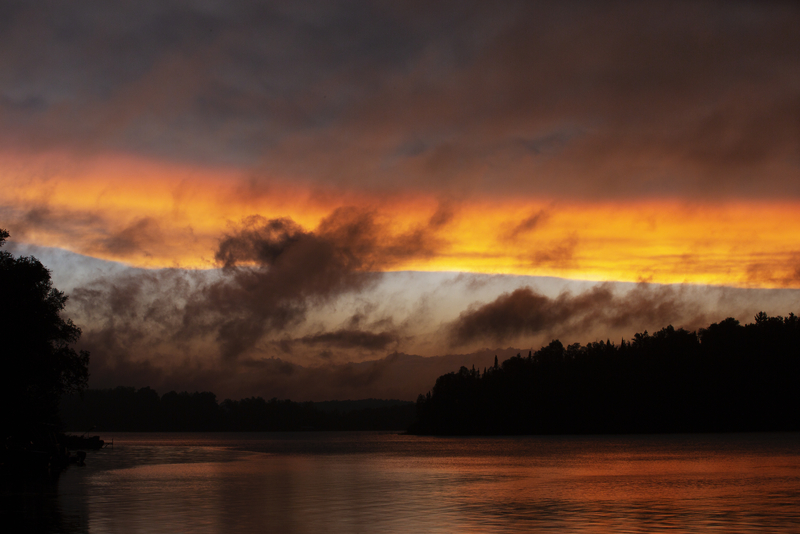This past April was a wet one in Ontario and Quebec. The rainfall was about twice the normal monthly average of 80 millimetres (3 inches).
Then May came. And so did more rain. The result was that many regions, especially in Quebec, have experienced flooding over the last week. Nearly 2,500 Quebec homes have been flooded—around 1,500 people have had to evacuate, or leave their home temporarily. The floods affected that province all the way from the Gaspé Peninsula in the east to towns that border Ontario and the capital of Ottawa. Even Montreal (which is a city built on an island) did not escape the water.
Steady, steady, steady
A resident in Ile Mercier, Quebec, tries to pump flood water away from her home. (Getty Embed)
Any time that flooding occurs, the question is: Why is this happening? Sometimes a flood is a result of too much water too quickly. A tropical storm or hurricane, for example, can bring a large amount of water to an area so quickly that it overwhelms rivers and city drains.
But that's not what happened in Quebec and Ontario. There was no one massive rainstorm. Instead, this was the result of weeks and weeks of relatively gentle, but steady rainfall. By the end of April, rivers were overflowing. Lake Ontario was at its highest level in decades. And, most importantly, the ground was waterlogged.
Waterlogged soil can't take anymore
Toronto Mayor John Tory (middle) inspects flooding on Toronto Island. (Getty Embed)
Soil is actually very good at soaking up the rain that falls on it. The water seeps down into it, and is then taken up into the roots of trees, grasses, bushes, and flowers. Et voila! Spring time!
But when too much rain falls on an area, the soil eventually can't take anymore water. That's why so many lawns and parks looked like small ponds. Great for ducks and swans. Not so good for the rest of us, though.
Sending aid
People work together to place sandbags in Pierrefonds, Quebec. (Getty Embed)
Over the weekend, the federal and provincial government came together to send aid to communities. The Quebec provincial government sent $500,000 to the Red Cross to help in relief efforts. Montreal donated another $250,000.
The federal government sent in 250,000 sandbags, with more on the way. Sandbags are piled up in front of homes to create a barrier against the water. Around 1,650 soldiers have also been sent to the flooded areas to help out (it takes a lot of hands to pile sandbags and evacuate homes).
These actions are significant because normally cities and provinces handle disaster aid. The federal government only steps in upon request (when the situation becomes more dangerous).
After the flood
Paddling through a flooded part of Pierrefonds, Quebec. Many residents were evacuated from their homes by canoes, rafts, and small motorboats. (Getty Embed)
For now, water levels in most flooded areas have stopped rising. It some places, it is even going down, which is great news. But water damage is very costly to repair, and people are worried about being able to start again. Canada's last major floods happened in Southern Alberta in 2013 — those floods cost about $1.7 billion in damages.
For now, Quebecers, as well as parts of eastern Ontario, B.C., and New Brunswick, are just doing whatever they can to keep the water out of as many homes as possible. When the waters do return to normal, the federal and provincial governments have all pledged to assist in the cleanup and repair efforts.
 Parts of Quebec are going through the worst flooding in Canada since Calgary (shown here) and Southern Alberta were flooded in 2013. (© Wayne Stadler | Dreamstime.com)
Parts of Quebec are going through the worst flooding in Canada since Calgary (shown here) and Southern Alberta were flooded in 2013. (© Wayne Stadler | Dreamstime.com)









